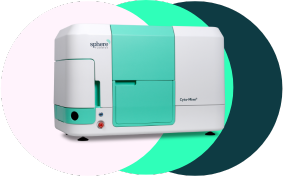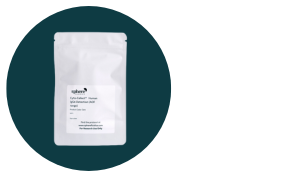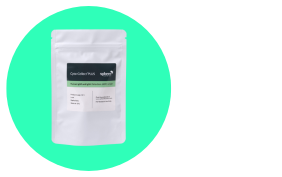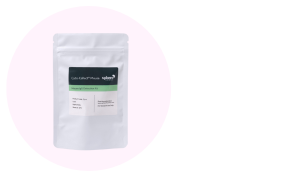Overcoming challenges in the Cell Line Development process
Advances in Cell Line Engineering and Microfluidic Technologies
Advances in cell line engineering and microfluidic technologies provide significant opportunities to reduce timelines in cell line development (CLD). As with any change, optimizing the CLD processes can introduce new challenges and uncertainties. Our comprehensive application note delves into these critical challenges and offers actionable solutions to streamline your workflows and enhance productivity.
Key Challenges in Cell Line Development
Cell line development faces numerous challenges, including:
- Selection Bias in the Cell Line: This can occur when clones are enriched and selected based on stability or antibody secretion levels, leading to a highly-selected subset that might not have undergone thorough evaluation. Learn how to avoid this pitfall and select cells based on future potential.
- Unpredictable Gene Expression: Despite optimization efforts, bottlenecks at the gene expression stage can hinder protein yields. Explore various techniques such as site-specific integration and expression vector design to overcome these issues.
- Issues with Automated Cloning Techniques: While automation can streamline processes, it also introduces challenges such as variability in cell viability and growth. Discover how novel technologies like Cyto-Mine® can enhance cell viability and accelerate CLD.
- Varying Cell Growth Rates: High-producing cells often have slower growth rates due to increased metabolic demands. Understand how optimizing cell culture media and using automated bioreactors can support cell growth and productivity.
Addressing Selection Bias in Cell Line Development
During cell line development, avoiding selection bias is crucial to ensure the selection of clones with long-term stability and productivity. Early screening and selection based on high productivity may be misleading, as initial productivity does not guarantee future performance.
By choosing a variety of high- and medium-producing clones for further evaluation, you can account for variations in product quality, stability, and growth. Observing clones during expansion helps identify cell lines with improved characteristics for commercial performance.
Enhancing Gene Expression
Optimizing gene expression is key to maximizing protein yields in CLD. Techniques such as site-specific integration and careful expression vector design can significantly improve gene expression reliability.
Site-specific integration, using technologies like CRISPR/Cas9, ensures precise gene insertion, reducing clonal variation and increasing productivity. Additionally, designing expression vectors with robust selection markers and synthetic promoters enhances gene expression control and efficiency.
Automating Cloning Techniques
Automation in CLD, while beneficial, poses challenges such as reduced cell viability post-sorting. However, the Cyto-Mine® platform offers a solution with its gentle, high-throughput cell processing capabilities.
By encapsulating cells in picodroplets, Cyto-Mine® allows for rapid and gentle cell sorting, maintaining high cell viability and accelerating the CLD process. This innovative technology integrates multiple steps into a streamlined workflow, significantly reducing timelines and manual handling.
Optimizing Cell Growth Rates
Supporting cell growth from single progenitor cells requires optimized culture conditions. Developing media formulations tailored to specific cell lines and components like plant-based hydrolysates can enhance single cell survival and colony outgrowth.
Automated bioreactor systems, such as the AMBR® 250, provide precise control over environmental parameters, enabling better scalability and productivity screening of clones. These advancements help maintain high-producer clones and improve overall CLD efficiency.
Conclusion
By addressing these challenges with innovative solutions and technologies, you can significantly enhance your cell line development process. Our Cyto-Mine® platform and detailed application note provide the tools and knowledge you need to streamline your workflows and achieve consistent, high-quality results.
Download our application note now to explore these topics in depth and transform your CLD process:
Sphere Fluidics Ltd will process your personal data in strict accordance with our privacy policy which can be found here. This will include sending you updates about Sphere Fluidics Ltd, our products, and resources we think would be of interest to you. You can unsubscribe and manage your marketing preferences by clicking the link at the bottom of every email we send.



